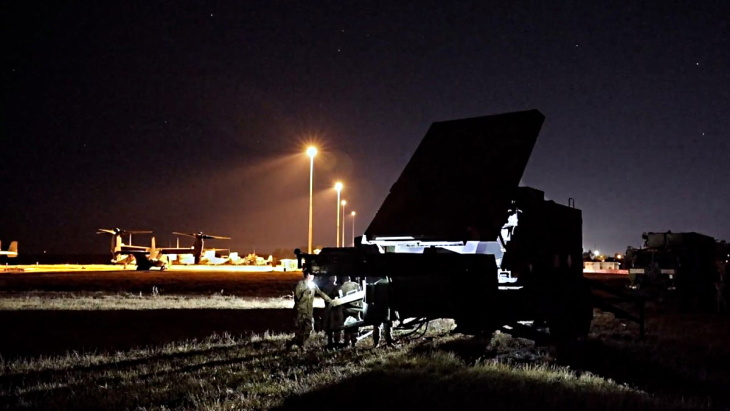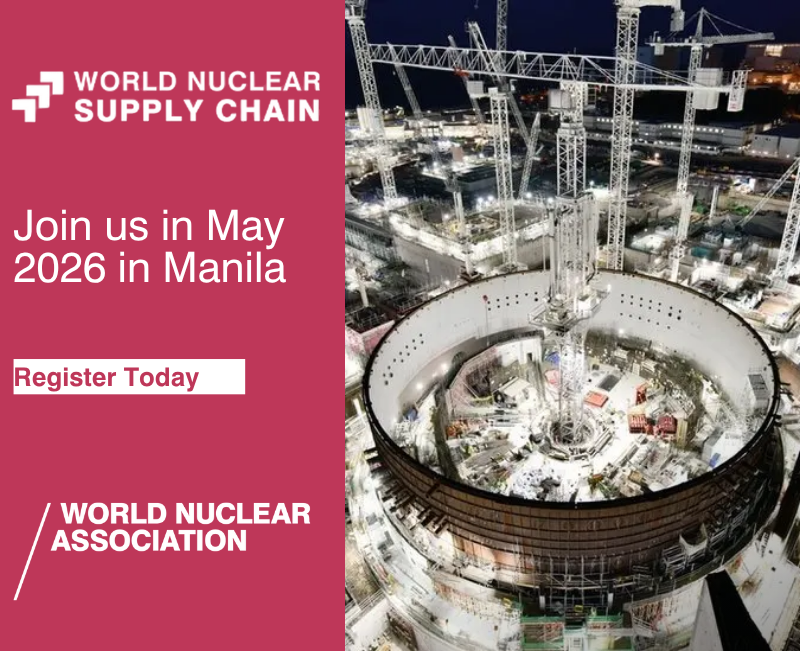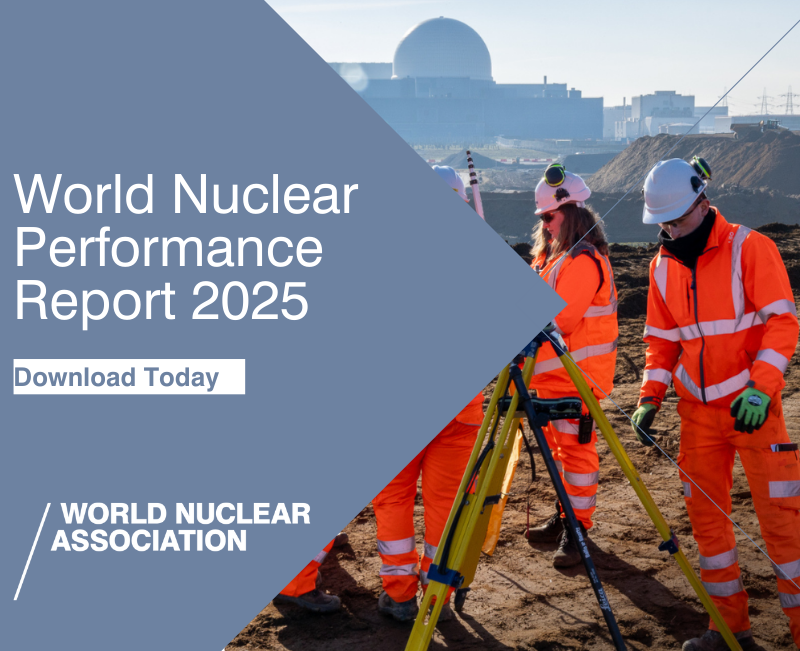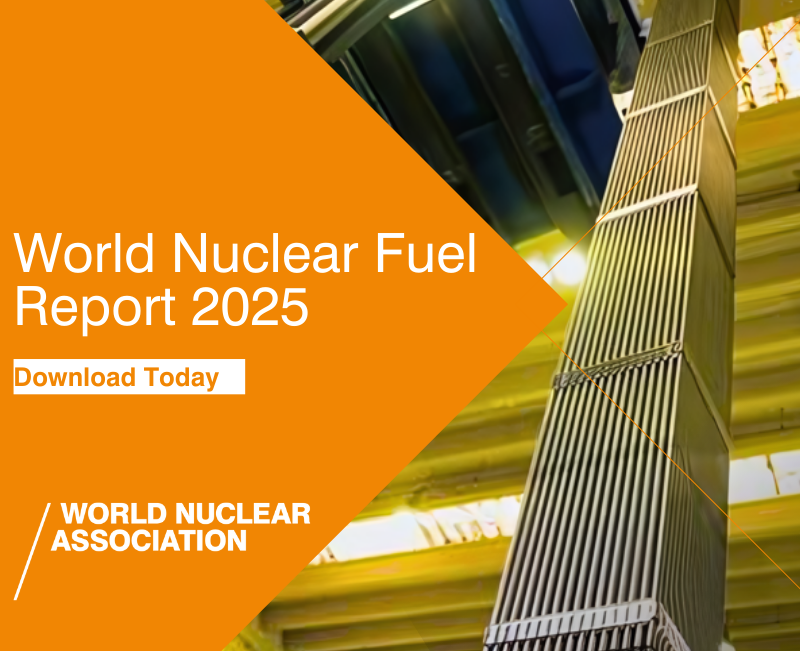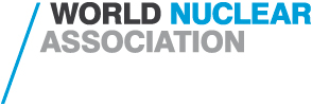Firstly, what is the project?
The Province of Ontario on 8 May announced its final investment decision to give the green light to Ontario Power Generation (OPG) for construction of what is expected to be the first operating commercial small modular reactor (SMR) in any G7 country. The plan is to eventually have four of GE Vernova Hitachi Nuclear Energy's BWRX-300 SMRs at the site - each able to generate 300 MW, enough to power about 300,000 homes.
What is the small modular reactor chosen?
A small modular reactor is widely defined as a nuclear reactor that produces up to about 300 MW - that output is about a third, or a quarter, of the output of the traditional large nuclear power plant. They are called modular because the aim is to be able to factory-produce and preassemble many of the parts on what would effectively be a production line, and then assemble some on-site. They are slated to take up a lot less space than a traditional nuclear power plant - one BWRX-300 reactor and associated building structures takes up about the same space as a football field. Here's a rendering of how one might look:
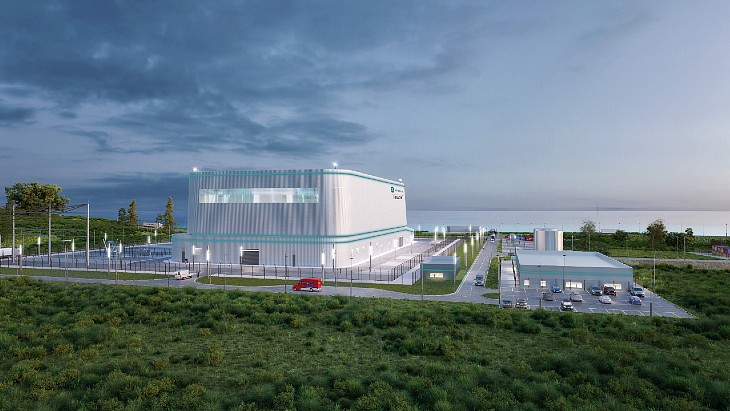
(Image: GE Vernova Hitachi Nuclear Energy)
The BWRX-300 is a 300 MWe water-cooled, natural circulation SMR with passive safety systems that leverages the design and licensing basis of GE Vernova Hitachi's 1500 MW (ie a traditional large-scale unit) ESBWR boiling water reactor.
How much will the project cost?
The total cost of the four-SMR project is CAD20.9 billion. That's USD15.1 billion, GBP11.2 billion or EUR13.3 billion.
How much will the first SMR cost?
The initial SMR is forecast to cost CAD6.1 billion. In addition, a series of infrastructure and services will be needed to be developed for the site - such as roads, sewers, bridges, ancillary buildings, fibre lines and tunnels for cooling water supplies - which will eventually service all four SMRs. That will cost CAD1.6 billion. So, in total there is a budget of CAD7.7 billion for the first SMR and the shared or common infrastructure.
How final are the estimates for the second, third and fourth SMRs?
OPG says that together with its project partners "it will continue to refine the total estimated project cost during the definition phase of the remaining three units, incorporating lessons learned from the construction of the first SMR", similar to the manner in which the Darlington Refurbishment project is being executed. Planning and licensing efforts are currently taking place for the next three SMRs and the provincial government provided CAD55 million in funding in March to support the development of the plans for these three units.
What does the total project cost estimate include?
OPG says that it includes everything needed to build the new nuclear plant, including licensing, engineering, procurement, construction, operations readiness, contingency, interest and escalation. Often, when discussing or comparing energy generation projects, people refer to 'overnight costs', which is the theoretical cost of constructing a project overnight, so will not include the impact of interest and other charges on the money borrowed to finance a scheme. Some estimates only include costs borne by the technology developer and not the owner's costs. By contrast the Darlington New Nuclear Project estimate of CAD20.9 billion includes all costs, including interest charges and escalation costs. Escalation costs refers to inflation's impacts on equipment and labour costs and has been calculated for the entire 10-year project horizon (including the planning stages).
What about contingency costs?
There is also a contingency element within the project budget, although its size has not been published. This is estimated by identifying known risks and applying a contingency figure to them with OPG saying "over the course of the project, we will use contingency for risk that cannot be fully mitigated. This is an extremely prudent project management approach that includes highly detailed analysis".
How can a budget be solid when it's a first-of-a-kind project?
OPG says that it has taken lessons on board from its Darlington Refurbishment programme, which is in the ninth year of a 10-year execution phase and remains on time and on budget. That project involved the massive refurbishment of four nuclear power units and OPG says it intends to again use the system of "staged execution" to "ensure we can apply learnings from the first unit’s construction to deliver cost and time savings on subsequent units". Refurbishment work on the second unit was completed 250 days faster than the first.
Will this project demonstrate the cost benefits of modularity?
OPG says that the figure for the cost of the first unit is a "release-quality estimate". This basically means it is a well-informed figure with maturity in engineering design, procurement and schedule. The estimates for the second, third and fourth units are not yet as far developed, but see a gradual reduction in costs for each successive unit to CAD4.1 billion (USD2.9 billion) for the fourth unit - that makes it about 33% cheaper than the first unit.
So are they going to be built as four separate projects?
No. The plan is for OPG to build the first-of-a-kind BWRX-300 SMR and learn every lesson they can from the process and then implement the lessons into the subsequent units. The plan is effectively to build the one unit, then develop an optimised plan to build the future units. The remaining three will overlap during construction and be executed as a rolling programme.
What is the timeline for the project?
The timeline for the first unit is to complete construction by the end of the decade and in service in 2030. The remaining three units will be completed in the mid-2030s. Preparation work on the site has been advancing for all four units, ahead of the construction go-ahead:
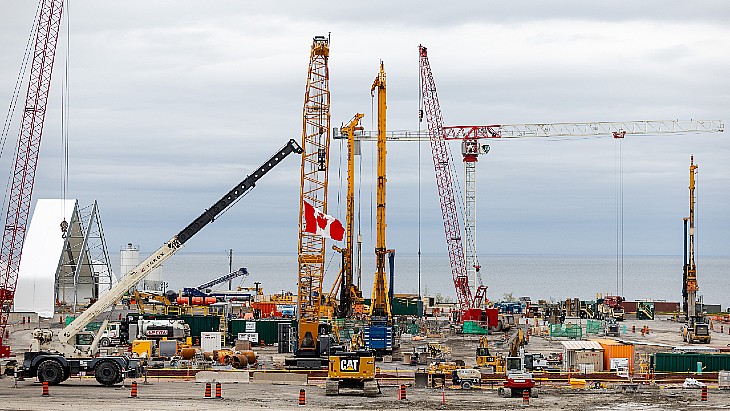
(Image: OPG)
What will be the economic benefits of the new nuclear units?
The Conference Board of Canada estimates that the deployment and operation of the four SMR units will increase Ontario's GDP by CAD35.1 billion (in 2024 dollars) over 65 years and Canada's GDP by CAD38.5 billion. It will also sustain 18,000 jobs during the construction phase and 2,500 jobs over the projected 60 years of operation. The economic multiplier - the ratio of increased GDP to spending - is estimated as 0.91 (so one dollar spent will boost GDP by 91 cents).
What do we know about the cost of the electricity generated?
The Ontario Energy Board will review the recovery of the costs for the project in future proceedings for OPG's regulated prices. The province is exploring potential financial policy tools that would benefit ratepayers, and OPG "continues to explore optimal financing arrangements in support of funding requirements for the planned capital investments". OPG will be recouping the cost of the unit(s) from customers' bills over the 60-year generating life of the units and says the projected cost of about 14.9 cents per kWh would be comparable with alternative renewable energy sources. OPG points to Ontario’s Independent Electricity System Operator evaluating the new nuclear project against viable non-emitting alternatives which found that replacing the project with wind, solar, and battery storage would require 5,600 to 8,900 MW of capacity at a cost of 13.5–18.4 cents per kWh compared with the 14.9 cents.
What are seen as the broader benefits?
Nuclear energy is seen as producing baseload clean energy, without the harmful climate emissions of fossil fuels - and without the land use and new transmission infrastructure requirements associated with alternative renewable energy sources. It produces energy around-the-clock, so can help in terms of energy security for Canada and help power things such as data centres which need huge amounts of reliable energy.
Why is the Canadian project getting so much attention?
In the past decade or two the promise and potential of small modular reactors has been well documented. There are more than 70 different designs in development and numerous projects being proposed. You can check out the projects being proposed on this World Nuclear Association tracker:
You can get more detail on the World Nuclear Association Information Paper on Small Modular Reactors.
By going ahead now with the Darlington project Canada looks set to have the first commercial SMR operating in North America, or anywhere in G7. (Russia and China are in the lead with SMR construction and Argentina has a pilot SMR under construction). Poland, the USA and the UK are among a range of countries currently looking at BWRX-300 deployment. OPG says that "as the first mover on small modular reactors, the Darlington SMR project will create jobs for Canadian workers, contracts for Canada's booming supply chain and showcase Canada's capabilities and expertise to the world to further grow the industry while strengthening Canada's energy security".
Article researched and written by WNN's Alex Hunt

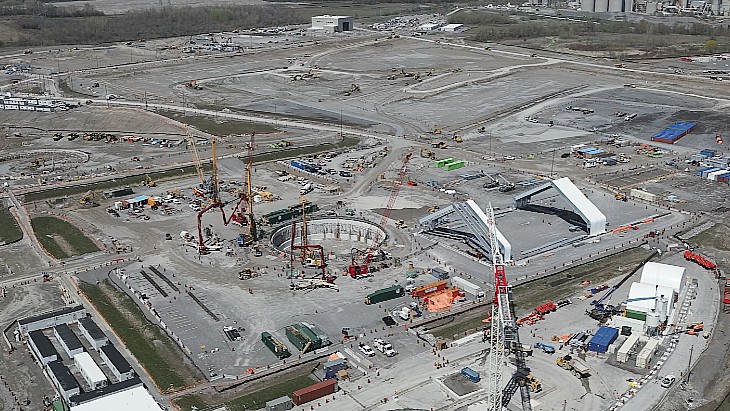



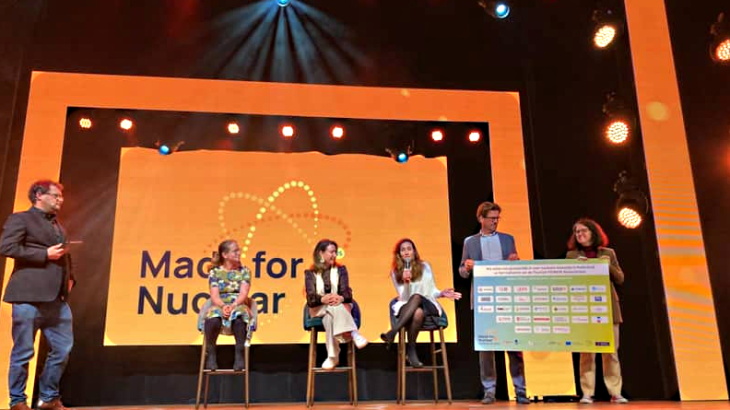
_69218.jpg)
_27928.jpg)
